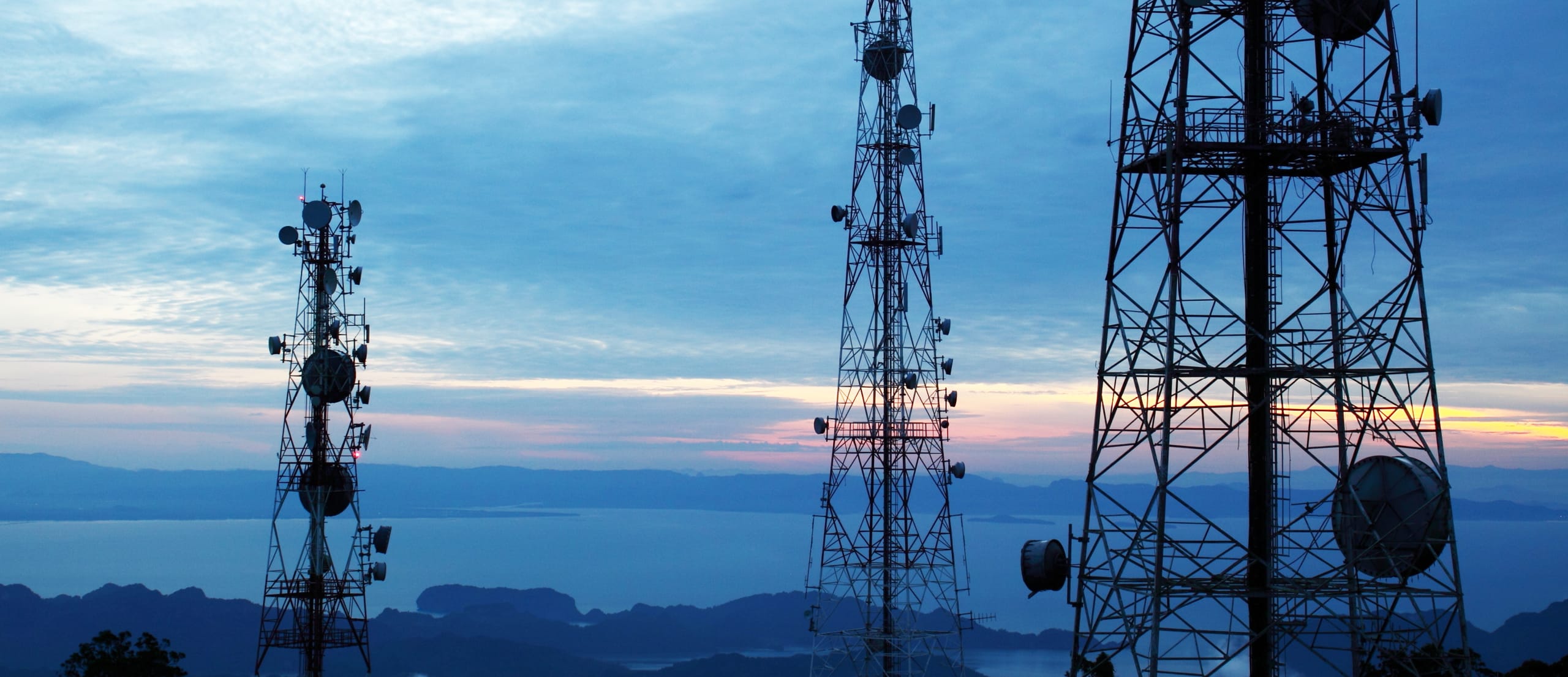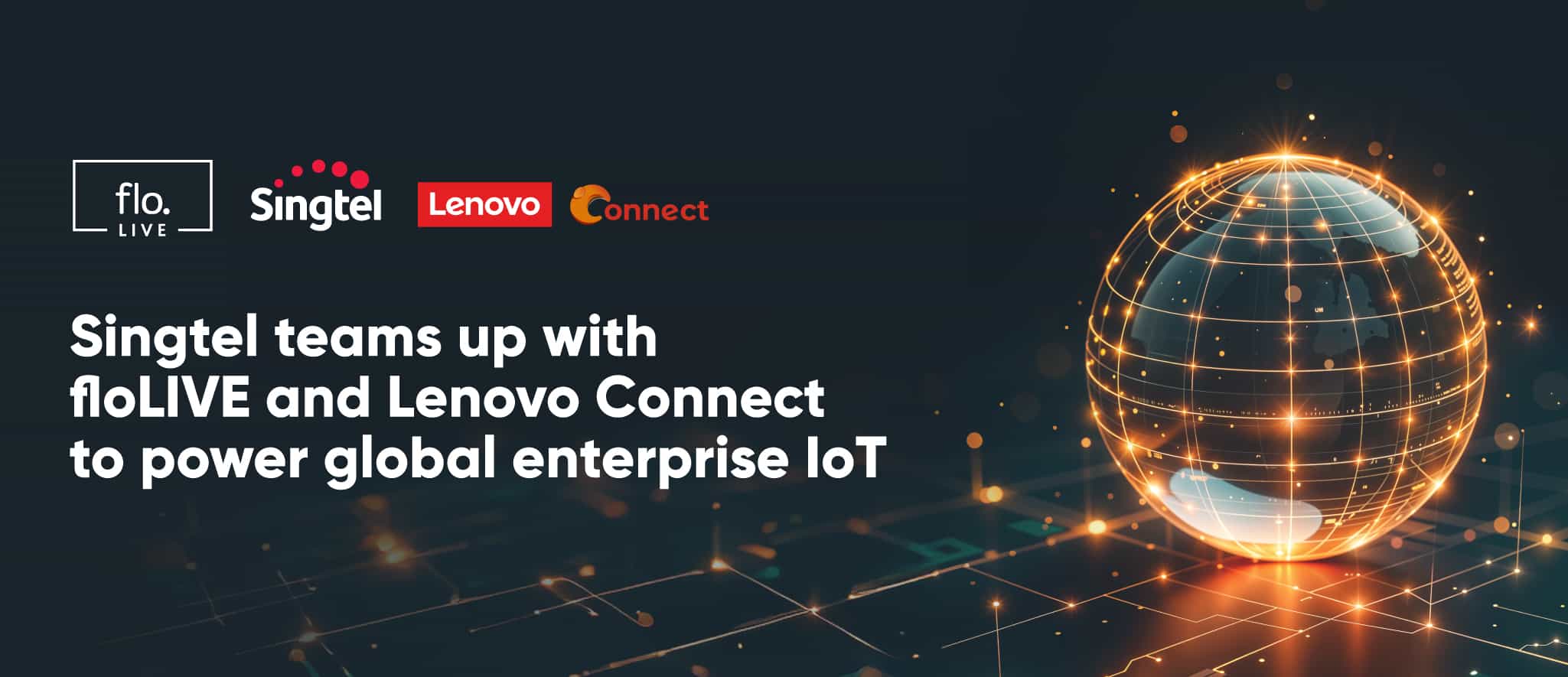Page Contents
Connectivity Snapshot: 5G RedCap and LTE Cat 1bis

Page Contents
Connectivity for the Internet of Things (IoT) is far from being static. This dynamic segment of a growing industry is always evolving and shifting – sometimes almost imperceptibly – to accommodate the abundance of use cases and requirements within IoT.
Two developing global IoT connectivity technologies that are gaining traction in IoT are low power wide area (LPWA) networks and 5G. Two new technologies have been receiving a lot of information and buzz – 5G RedCap (Reduced Capability) and LTE Cat 1bis.
What is 5G RedCap?
The latest cellular generation of 5G creates a broad umbrella under which many technologies, segments, and timelines are housed. Currently, the most widespread adoption of 5G is NSA (Non-Standalone), which is an early rollout of the cellular generation built on 4G LTE infrastructure.
New infrastructure build is costly and lengthy, but a requirement to see the full benefits of 5G SA (Standalone), which will bolster the extreme speed, throughput, bandwidth, and razor-thin latency that has been promised of the 5G era – once that infrastructure is built, however.
It’s taking time, and the realization of 5G SA is expected to only begin this year in small pockets (the U.S. and India), with more robust development globally launching in 2025 and beyond.
Those essentially categorize the timelines of general 5G, but there are also three segments within 5G, which were developed by 3GPP Release 17, which standardized 5G. Those segments are enhanced Mobile Broadband (eMBB), ultra reliable Low Latency Communication (uRLLC) and massive Machine Type Communication (mMTC).
uRLLC generally applies to use cases such as robotics, autonomous vehicles, and AI- and edge-computing-backed enterprise applications, whereas eMBB is concerned with mobile broadband and typically focuses on use cases such as gaming, large-scale events, and streaming.
mMTC refers to Massive IoT, supported by LPWA networks, that deliver on 5G’s incredible bandwidth to connect millions of lower-complexity devices across hundreds of use cases in verticals such as telematics, agriculture, smart cities, and so on.
Traditionally, the two main buckets of 5G have been very high speed, low latency, high throughput and massive bandwidth for lower-complexity devices. These two very black-and-white distinctions leave a relatively large gap in the middle – devices that can benefit from the capabilities of high-speed 5G but don’t drain the battery and ramp up usage costs as much as the very critical applications of 5G SA, such as robotics or autonomous machinery.
Where 5G RedCap Shines
That’s where 5G RedCap – also known as 5G NR-Light – comes in. 5G RedCap can offer higher peak data rates than the most comparative LPWA technology, LTE Cat-M1, which I go into more detail in the second half of this blog. The latency is much lower than that of NB-IoT, as well. However, it can also improve power consumption, which is a key benefit of the LPWA technology segment.
Overall, 5G RedCap can offer greater cost efficiency, longer battery life, and a smaller device footprint. It can benefit wireless industrial sensors, video surveillance, smart grids, and wearables.
What is LTE Cat 1bis?
3GPP Release 13 standardized Long-term Evolution (LTE) networks, with refinements to the key physical layer and radio frequency, to better support the emerging segment of IoT.
The more common standards within LTE for IoT within the LPWA requirements have been LTE Cat-M1 and NB-IoT.
NB-IoT is not a desirable standard for devices requiring mobility and voice communications through VoLTE. Rather, this technology is more suited for devices that periodically wake, take a reading, and then return to sleep mode – intermittently sending only small packets of data.
Alternately, LTE Cat-M1 offers a data rate 1 Mbps for downlink and 5 MBps for uplink, making it suitable for devices with more complexity than those leveraging NB-IoT.
Where LTE Cat 1bis Shines
Cat 1bis operates with single-antenna devices, which creates an opportunity to reduce footprint size while also enjoying the low-power, battery saving benefits of Cat-M 1 or NB-IoT, including extended discontinuous reception (eDRX) and power-saving mode (PSM).
Altogether, Cat 1bis makes the most sense for devices that require longer battery lives, mobility requirements, and smaller sizes. These devices can support use cases such as asset tracking, telematics, smart cities applications, and wearables.
Tapping into 5G RedCap and LTE Cat 1bis
IoT has been gaining steam for nearly two decades and I feel it’s truly beginning to take a strong grip on global business. It’s exciting to see the development of connectivity technologies suited for the incredible use cases IoT supports.
Getting the right connectivity suited to what your use cases requires or delivering that bespoke connectivity to your customers is the lifeblood of what we do at floLIVE and we’d love to talk about how we can help you tap into existing and emerging technologies. Reach out!
It was exciting to hear the buzz at MWC Barcelona this year, and if you want to hear more topics of interest, check out this recording from the panel discussion I was honored to be part of “The IoT Future: Connected or Exposed.”


Join Our Newsletter
Get the latest tips and insights in our monthly newsletter.









